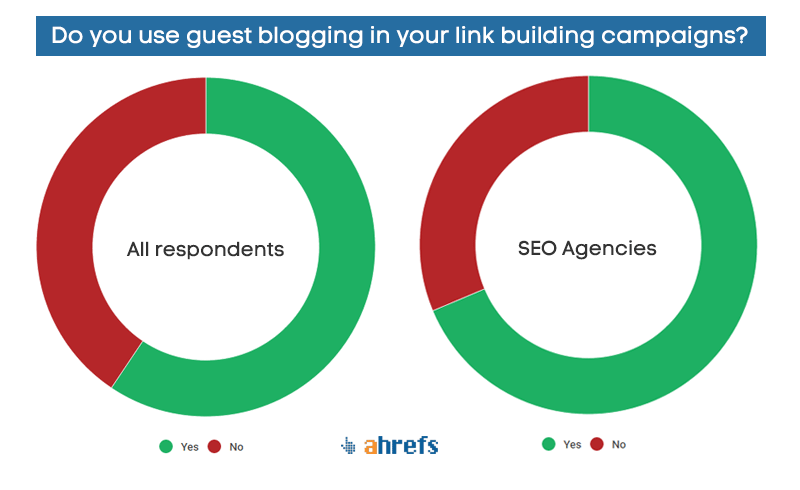All Categories
Featured
Table of Contents
- – What Is The Most Effective What Is Semantic Se...
- – Who Offers The Most Reliable Seo With Semantic...
- – What Is The Most Reliable Semantic Search And...
- – A Top Semantic Content Optimization
- – The Leading Optimizing For Semantic Search T...
- – What Is The Most Preferred Semantic Seo Tool...
- – What Is The Leading Semantic Content Creatio...
This is since search engines have developed and are moving a lot more and much more in the direction of checking out material on the internet. Of program, that has likewise transformed the means we create content, particularly if we want to rank far better in the search engines.
Intertwingularity is not usually recognized, individuals keep pretending they can make points deeply hierarchical, categorizable and sequential when they can not. Based on the relationships in between search purposes, the search engine likes a material in placing by determining the distance between the vectors of meaning.
It enables you to see, starting from a topic, all the entities that relate to that subject. In this manner you can clearly see which entities/concepts/ideas have actually currently been covered on your internet site, and you can discover new possibilities by recognizing what content you can add and how to produce it.
What Is The Most Effective What Is Semantic Seo On The Market Right Now
It is able to make your web content understandable for online search engine on the one hand and for your target market on the other. Structuring your material design highlights your content and its underlying partnerships so that search engines can recognize you among numerous items of details, making you more noticeable to customers that meet the search intent related to your organization.
In semantic search engine optimization copywriting, an editor begins from a more comprehensive series of topics and tailors the material to consist of semantically appropriate terms and expressions that assist visitors comprehend a subject, similar to reviewing web content in a wiki. From a web content creating point of view, one useful means to do this is to develop a vocabulary of terms and inquiries surrounding your target topic.
Who Offers The Most Reliable Seo With Semantic Search Services
Find out more regarding by enjoying the by!.

Semantic search describes the process of how search engines comprehend and match key phrases to a searcher's intent in organic search results. Prior to semantic search, online search engine like Google operated like matchmakersaligning certain words in your inquiry with those specific words on webpages. The results were simple yet usually did not have depth.
What Is The Most Reliable Semantic Search And Seo Brand
It allows Google to supply quick, accurate answers to look queries regarding real-world subjects. When you type an inquiry word into Google, you're not just going into a sequence of words.
When you look for "Apple," Google doesn't simply see a word that describes a fruit. It acknowledges Apple as a business and can provide relevant info. Like the name of its CEO, Tim Cook, or its newest stock rates. Google introduced the Hummingbird upgrade in 2013. It was Google's response to the increase of voice searches, where queries came to be much more conversational and nuanced.
A Top Semantic Content Optimization
By incorporating NLP, Hummingbird allowed Google to relocate beyond simple keyword matching. It aided the search engine comprehend search intent, raising the probabilities that results would properly match the factor behind a user's search. As the 3rd essential ranking aspect after content and web links, RankBrain has boosted Google's semantic search capabilities to understand the meaning of search questions.
Making it much more effective at handling never-before-seen search questions. RankBrain takes into consideration more than simply keywords when assessing a search inquiry.
It fetches outcomes that match the key phrases and line up with the general intent of giving young puppy training suggestions. And if the user often looks for dog-related web content, Google might focus on much more in-depth training guidesrecognizing the individual's recurring passion in the subject. Combining modern technologies like the Understanding Chart, Hummingbird, and RankBrain, semantic search helps the Google algorithm interpret and connect data throughout a huge internet of details.
The Leading Optimizing For Semantic Search To Get
The focus shifts from keyword option to an alternative method encompassing user intent, topical relevance, and general customer experience. Developing material that addresses the searcher's demands with extensive information can enhance your SERP positions.
A wider strategy to content aligns better with semantic search's change away from exact keyword matching and toward customer intent. Content that covers search inquiries more completely not only pleases customers.
And five times greater than websites that take 10 seconds to lots. While technological SEO makes certain optimum site efficiency and availability, concentrating on customer experience (UX) takes it an action further. UX aims to develop a visually appealing, easy to use interface with appealing, quality material that encourages site visitors to remain. Semantic search technology makes it possible for search engines to go for outcomes that offer the finest possible UX.
What Is The Most Preferred Semantic Seo Tools Out Right Now

All display Google's capability to deal with a topic question thoroughly. By recognizing the context and intent behind user inquiries, search engines can supply a lot more relevant information and potentially enhance individual interaction. Personalization in search engine result makes for much better UX.Based on your past search background and preferences as an individual, semantic search aids online search engine tailor the results to fit your special needs and passions.
So it fetches outcomes that match the search phrases and straighten with the general intent of providing young puppy training suggestions. And if the individual often looks for dog-related content, Google could focus on much more in-depth training guidesrecognizing the customer's continuous passion in the subject. Integrating technologies like the Understanding Chart, Hummingbird, and RankBrain, semantic search assists the Google formula translate and link data across a vast internet of details.
What Is The Leading Semantic Content Creation Business?
The emphasis changes from keyword choice to an all natural technique incorporating user intent, topical significance, and general customer experience. Developing content that attends to the searcher's requirements with detailed details can boost your SERP rankings.

A more comprehensive strategy to content aligns much better with semantic search's shift away from exact keyword matching and toward customer intent. Material that covers search inquiries much more completely not only satisfies users.
UX intends to create an aesthetically attractive, easy to use interface with appealing, quality web content that motivates site visitors to stay. Semantic search technology makes it possible for search engines to aim for results that offer the best feasible UX.
All display Google's capacity to resolve a subject query comprehensively. By understanding the context and intent behind individual questions, online search engine can deliver a lot more appropriate information and possibly boost customer involvement. Customization in search results page makes for better UX.Based on your previous search background and choices as a customer, semantic search aids online search engine customize the results to match your special requirements and rate of interests.
Table of Contents
- – What Is The Most Effective What Is Semantic Se...
- – Who Offers The Most Reliable Seo With Semantic...
- – What Is The Most Reliable Semantic Search And...
- – A Top Semantic Content Optimization
- – The Leading Optimizing For Semantic Search T...
- – What Is The Most Preferred Semantic Seo Tool...
- – What Is The Leading Semantic Content Creatio...
Latest Posts
What Is The Most Effective Semantic Seo Vs Traditional Seo On The Market Now
What Is The Top Semantic Seo Best Practices Brand To Buy
What Is The Most Recommended Semantic Markup In Seo Today
More
Latest Posts
What Is The Most Effective Semantic Seo Vs Traditional Seo On The Market Now
What Is The Top Semantic Seo Best Practices Brand To Buy
What Is The Most Recommended Semantic Markup In Seo Today